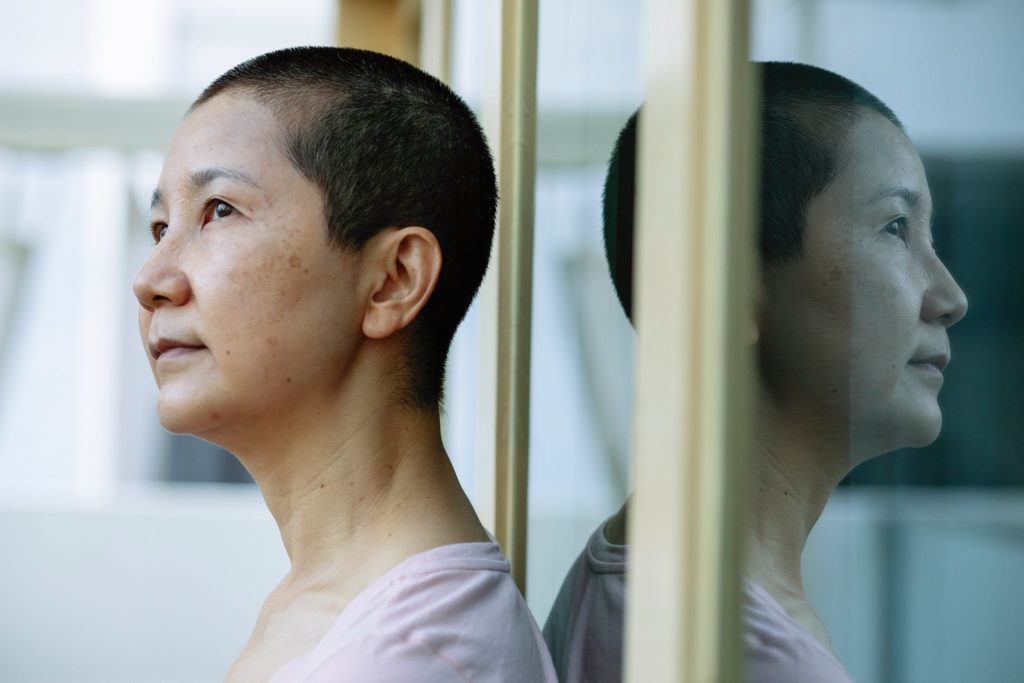Cancer is one of the major causes of death among the elderly. And of the various types of cancers that can afflict them, lung cancer is considered one of the most prevalent. Thus, it has garnered attention from providers of hospice care in California. They gave useful pointers on determining lung cancer symptoms and how patients can manage the disease.

The Causes Of Lung Cancer
Lung cancer happens when the cells in your lungs start to mutate and multiply rapidly. Like any other form of cancer, there are a variety of causes that might trigger it. However, scientists have identified some of the most common ones.
Smoking
The burning of tobacco releases a host of carcinogenic substances, including:
- Benzene
- Aromatic amines
- Ethylene oxide
- Butadiene
- Aldehydes
These are the most potent of the 200 chemicals present in cigarette smoke. When they enter the lungs, they damage the tissues immediately. While your body can repair these initially, continued exposure leads to more serious damage. That can also lead to your cells mutating, triggering cancer growth.
It is worth noting that nicotine, one of the more well-known chemicals present in cigarettes, is itself not carcinogenic. However, it is what makes cigarettes addicting. Hence, it still plays a significant role in the dangers of lung cancer gained from smoking.
Second-Hand Smoke
Even for those who do not smoke, lung cancer is still very much a danger. That is due to secondhand smoke, especially if they interact with smokers regularly. What makes it worse is that the smoke can linger in the air. For instance, someone might leave a lighted cigarette in a communal area that everyone frequents, leaving traces.
Exposure To Radon
Radon is a colorless and odorless gas found naturally in the soil. However, it can leak and get released into the air. It becomes dangerous when it escapes and seeps into the cracks and gaps in buildings. Data shows that one in every 15 homes in the United States has a high radon exposure rate. Coupled with other factors, this has made it the second leading cause of lung cancer.
Particle Pollution
This refers to the abnormally high amount of different particles suspended in the air. Of particular note is the smoke that comes from internal combustion engines. Many of the chemicals contained in this smoke have carcinogenic properties. That makes lung cancer a high occurrence in urbanized cities.
Meanwhile, there is also the case of workplace exposure to carcinogenic materials. These can include chemicals like asbestos, arsenic, chromium, and nickel, used in various industrial processes. Because of the danger, doctors have pushed for more stringent regulations for their use in the workplace. Nevertheless, you should be aware of these dangers and check whether your workplace carries the risks.

Helping Seniors With Respiratory Issues
Detecting Lung Cancer Symptoms
As is with other forms of cancer, early detection plays a significant role in a potentially successful treatment. Here, you should be aware of the symptoms that might point to a potential early case. Some of these include:
- Cough that lasts for 2-3 weeks
- Coughing up blood or rust-colored spit/phlegm
- Chest pains that get worse when taking deep breaths or coughing
- Chest infections that keep coming back
- Persistent breathlessness
- Unexplained weight loss
Aside from these general symptoms, you might also encounter the following.
- Changes in your fingers’ appearance
- Difficulty swallowing
- Wheezing
- A hoarse voice
- Swelling in your face or neck
- Persistent shoulder pains
Note that these are less common symptoms. As such, if you do notice them, you might want to consider consultations immediately. Even if these are not present, you should have regular checkups if any general symptoms show up.
Diagnosis
Diagnosing a potential case of lung cancer involves your doctor conducting a series of scans to study the health of your lungs. These include:
- X-ray scans: Lung tumors typically appear as a white-grayish mass on chest x-rays.
- CT scans: This is typically the second test performed. It creates a more detailed image of the mass in your lungs for doctors to analyze.
- PET-CT scan: If the mass is indeed cancerous, doctors will use a positron emission tomography scan to determine where the active cancer cells are.
- Bronchoscopy: In case the mass is located in the central part of your chest, doctors might perform this to get a sample of your tissue for analysis.
Depending on the findings in these tests, your doctor will determine at which stage your cancer is in. That helps them determine the best treatment for your case.
Lung Cancer Treatments
The treatment you receive depends on the type of lung cancer you have. In the case of non-small cell lung cancer treatment, surgery, chemotherapy, radiation therapy, and targeted therapy are the preferred methods. For small cell lung cancer, your best options are radiotherapy and chemotherapy.
Aside from these, you can also undergo complementary treatments. These include special diets, massage therapy, and meditation. They help improve the success of the above treatments. Note that only some complementary methods are proven to be effective. Thus, you need to consult your doctors first before proceeding with them.
Palliative Care For Lung Cancer Patients
Being diagnosed with lung cancer and going through treatment can be an arduous experience for patients. Here, signing up for palliative care would be a lot of help. The goal of palliative care is to help you relieve the pain and symptoms. In turn, this improves the quality of life that you have.
Some of the main types of palliative care that you will receive include:
- Procedures to open your airways
- Medications to suppress coughs and improve breathing
- Medications to improve appetite
- Extra oxygen to help during breathing
- Nutritional supplements to reduce weight loss
The exact care regimen you get will depend on the symptoms you have. Amavi can readily customize your palliative care program based on these needs. With that, we ensure that you get the best care available.
What About Hospice Care?
As it is cancer we are talking about, a discussion about hospice care will inevitably come in. Here, you would want to talk about it even while you are still healthy. The main benefit of this is that it can result in less futile aggressive treatments during the end of life. According to studies, there is no difference in the survival rates between those who resorted to aggressive treatments and those who did not.
As these aggressive treatments can be taxing to patients, they harm your chances of having a peaceful end of life. By getting hospice care early, patients and their families can have a better perspective of the situation. That will help them make a better choice for their loved ones.

Get The Best Hospice Care In California For Lung Cancer Patients
Amavi understands well how going through lung cancer treatments can be hard for patients and their families. Thus, we have vowed to provide the best hospice care in California for them. Contact us today and we will lend you a caring hand.
